If you live with a dog, you live with dog poo. It’s non-negotiable.
And every day, millions of us scoop it up in plastic bags, tie a knot, and toss it in the bin. Where it sits, sealed off from air and microbes, preserved like a grim little time capsule. Then breaks down slowly and without oxygen releasing methane, a greenhouse gas 25 times more potent than carbon dioxide.
But there’s a better way.
A simple DIY composting system that lets you break down dog waste in your own backyard, no plastic bags needed.
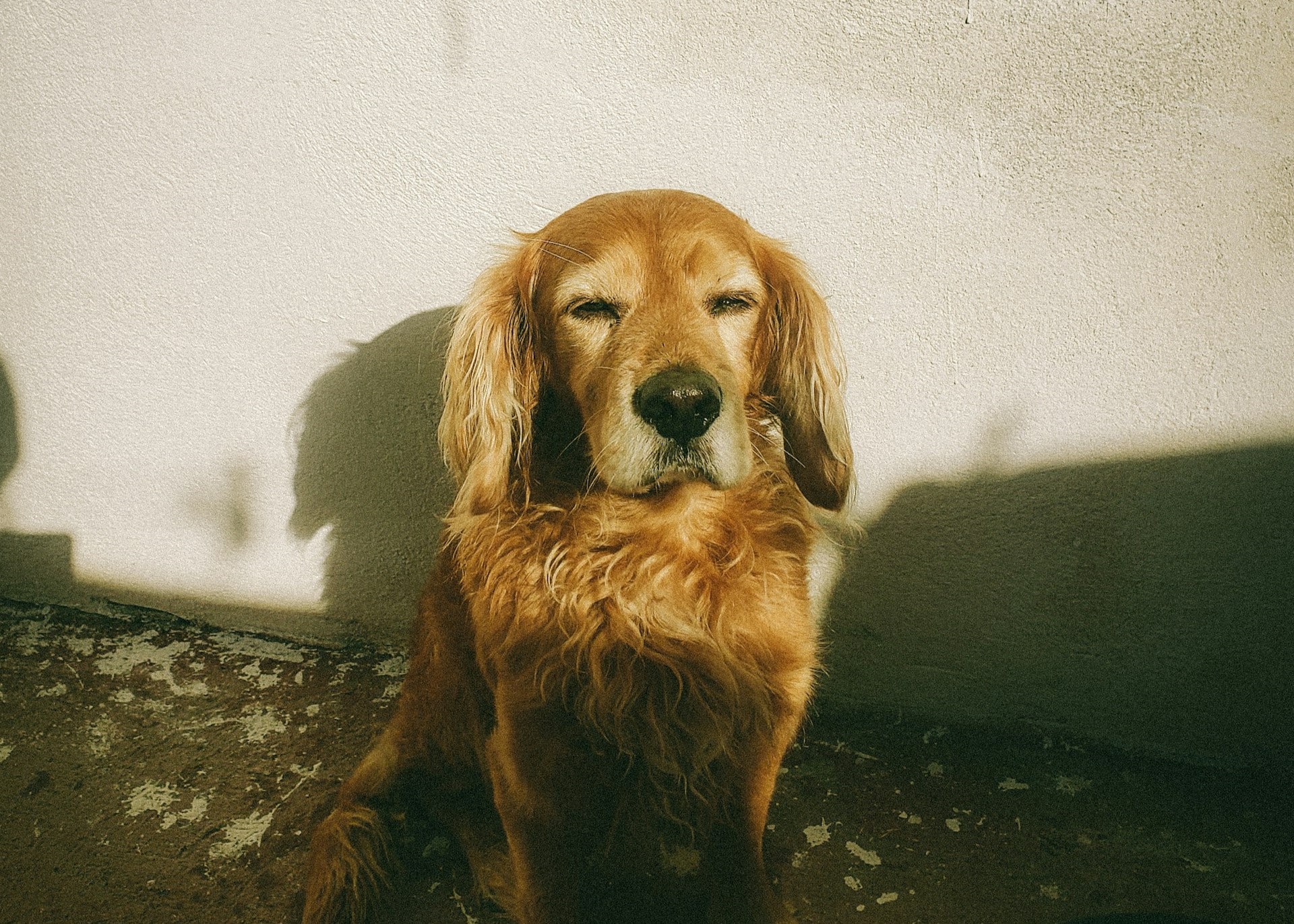
It’s not the most glamorous DIY you’ll ever do. To be fair, it’s not even useful (you won’t be fertilising anything with the results). But it is a more responsible way to deal with something that’s otherwise going straight into landfill.
First Things First: This Is Not Compost You’ll Use
Let’s be absolutely clear. This is not compost you’ll spread around the veggie patch. You won’t grow tomatoes with it. You won’t improve your soil with it. You won’t use it for anything at all.
Dog poo can contain pathogens like E. coli, Giardia, and intestinal worms. Backyard compost systems aren’t hot enough to kill those nasties, and they don’t just disappear over time.
This system exists for one purpose only: to break down dog poo in the barrell, instead of sending it to landfill. That’s it.
Here’s how to do it.
What You’ll Need
- One large plastic drum with a secure, sealing lid (second-hand options like food-grade barrels are ideal)
- Medium-sized pebbles or gravel (for drainage)
- An electric drill (for ventilation holes)
- A saw (to remove the base of the drum)
- A shovel (for digging the installation hole)
- Microbial starter mix such as Ensopet Starter. (This blend of wheat, sawdust, and microorganisms accelerates decomposition and helps control odour and pathogens) You can buy it here and buy it here.
How to Build Your Dog Poo Compost System
Step 1: Prepare the Site
- Use the drum lid to mark out the area where the system will be installed.
- Dig a hole deep enough to fit the drum snugly, leaving just the top rim and lid accessible above ground level.
- This ensures odours stay contained and the system integrates neatly into the yard.
Step 2: Modify the Drum
- Starting halfway down the drum, drill several rows of holes around the sides. (Avoid drilling above the halfway mark to minimise odour escape.)
- Drill holes around the base as well to make it easier to remove, then use a saw to fully cut off the base.
- These holes allow moisture to drain and air to circulate, creating the aerobic environment necessary for waste breakdown.
Sustainability, straight to your inbox
Fortnightly tips, stories, and inspiration to make living greener easy
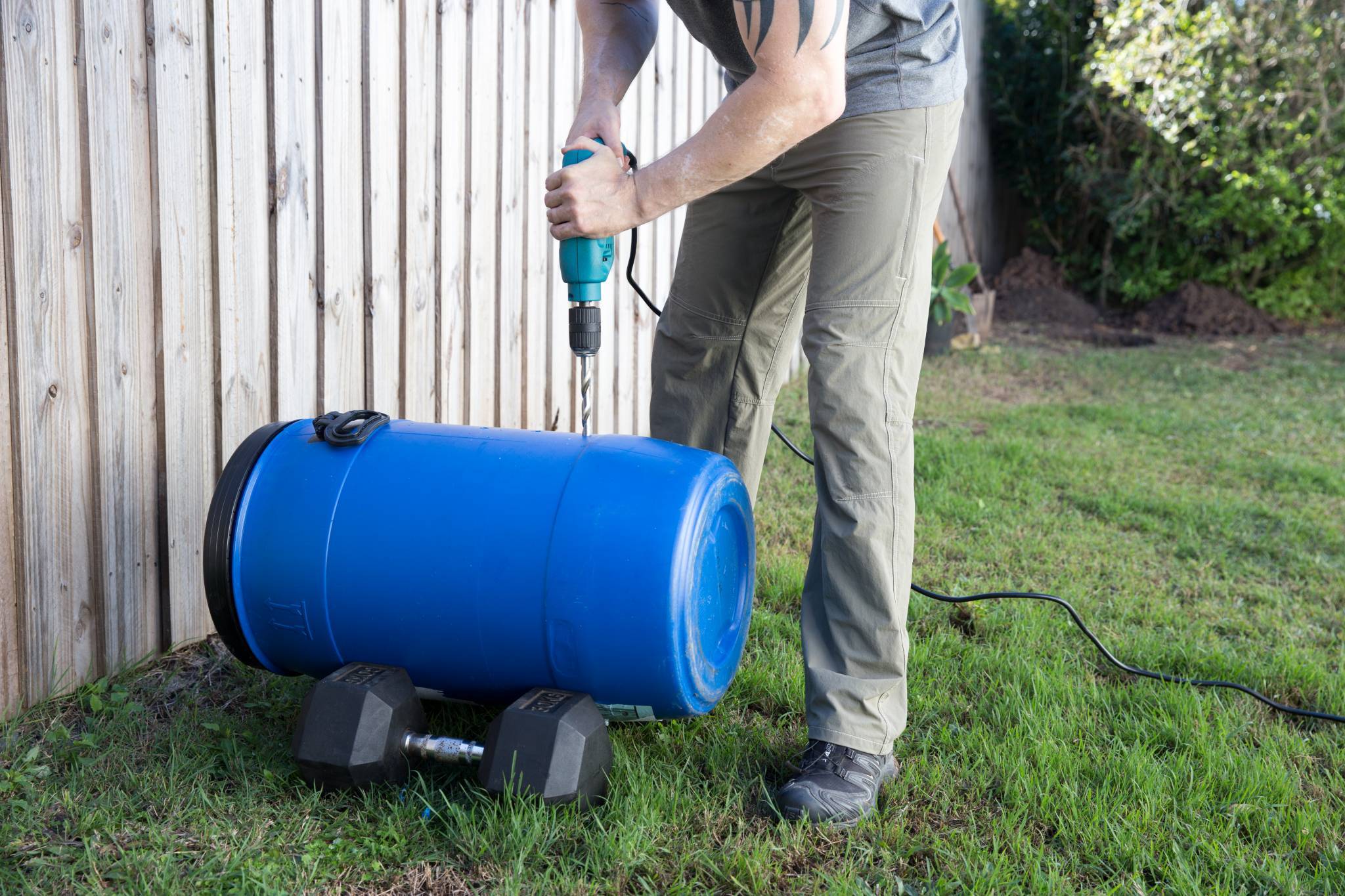
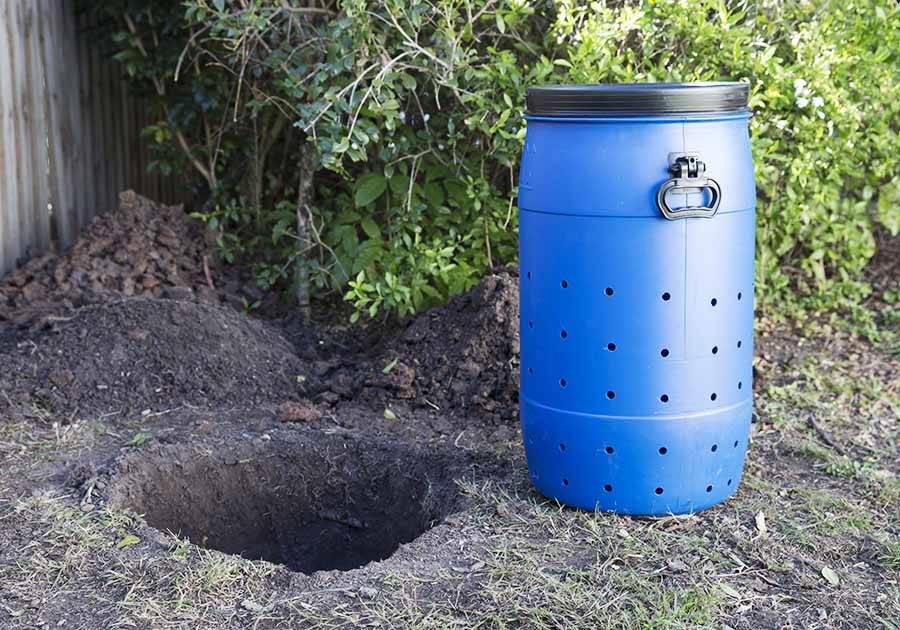
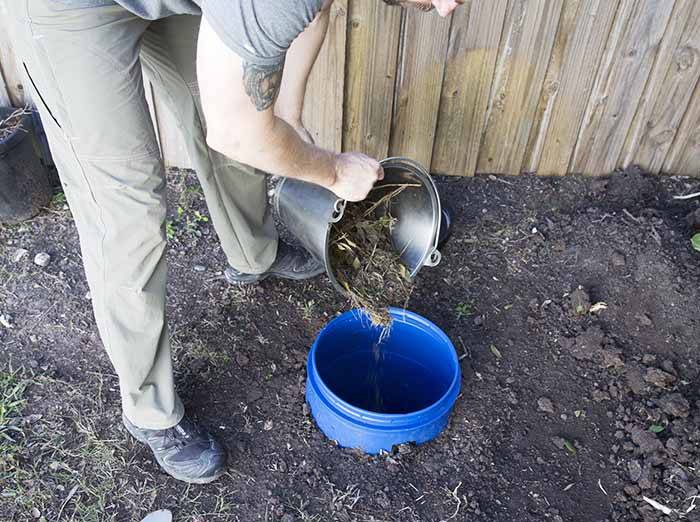
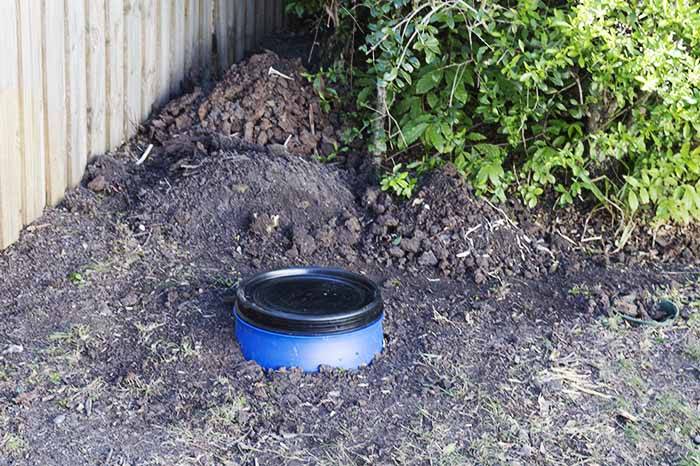
Step 3: Install the Drum
- Place a 5–10cm layer of pebbles or gravel in the bottom of the hole.
- Insert the drum on top of the gravel layer.
- Backfill around the sides with the soil you removed to hold it firmly in place.
Step 4: Start the Composting Process
- Add half a bucket of compost (from a mature compost bin) into the drum.
This helps kickstart microbial activity. - Optional but beneficial: introduce a handful of compost worms.
Finally, sprinkle a generous handful of microbial starter mix over the compost.
Ongoing Maintenance
- Each time you add fresh dog waste, sprinkle a small amount of microbial starter mix over the top.
- Ensure the lid remains sealed between uses to control moisture and odour.
- If the contents become too wet (for example, after heavy rain), add dry material like shredded newspaper or more compost starter to rebalance.
How long does it last?
With one or two dogs and regular maintenance, a 60-litre drum can last a year or more before it’s full. The waste constantly breaks down inside, especially with the help of the starter mix and a bit of heat.
When It’s Full
- Stop adding waste.
- Let the contents sit undisturbed for several months to finish breaking down.
- You can leave it buried and cover it with soil, or remove the drum and start a new one nearby.
The original site can be used for planting ornamental (non-food) shrubs or trees once the material has fully decomposed, though it’s best to wait at least 6–12 months before doing so.
Frequently Asked Questions
Can I use the compost in my garden?
Nope. This system isn’t about creating usable compost. It’s about keeping dog poo — and often, plastic — out of landfill.
What about cat waste?
Technically possible, but riskier. Cat poo can carry toxoplasmosis, which is dangerous to humans. Best avoided unless you really know what you’re doing.
Does it smell?
Not if it’s done right. With proper drainage, air flow, and regular use of the microbial mix, odours should be minimal. If it starts to smell, add dry material and check the ventilation.


